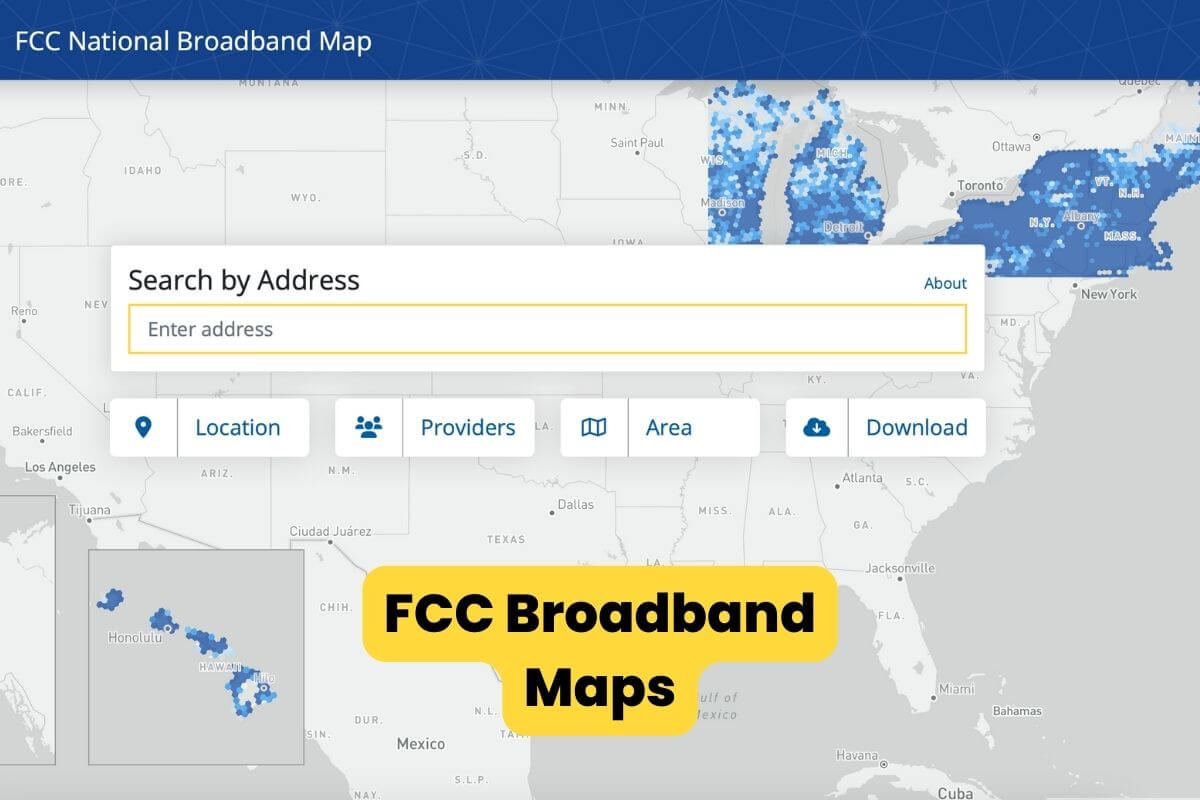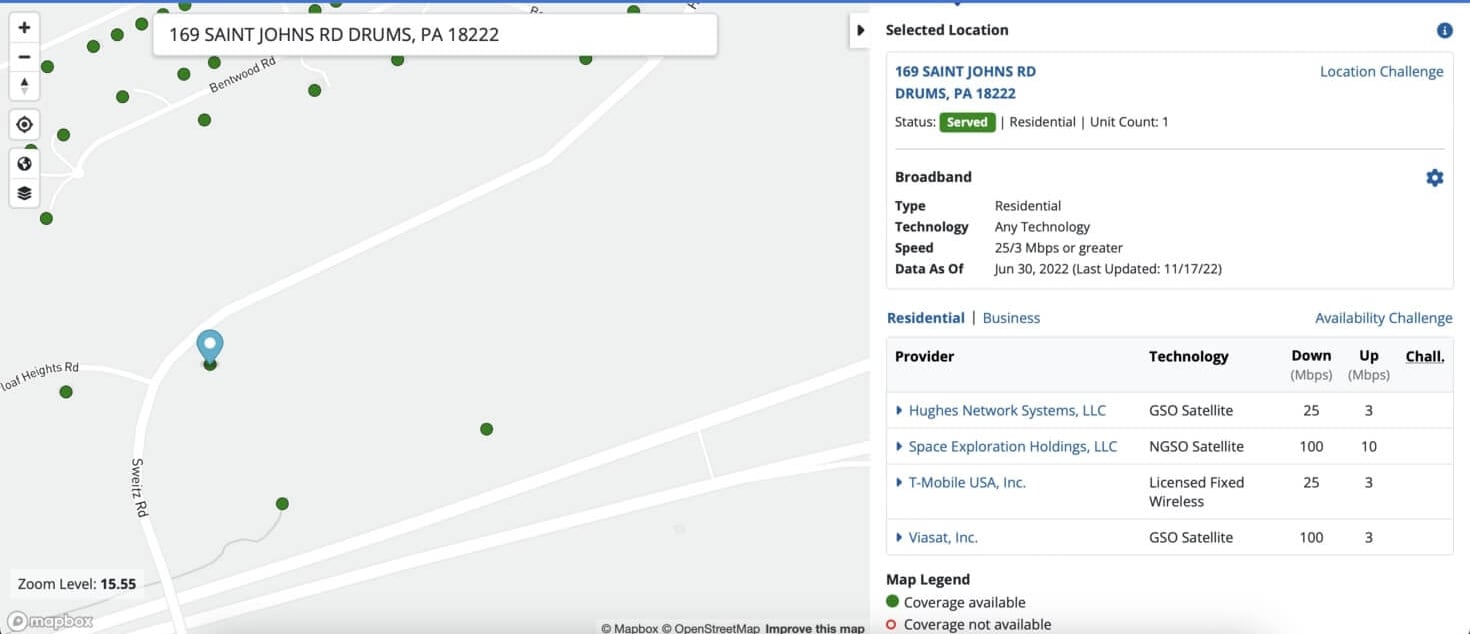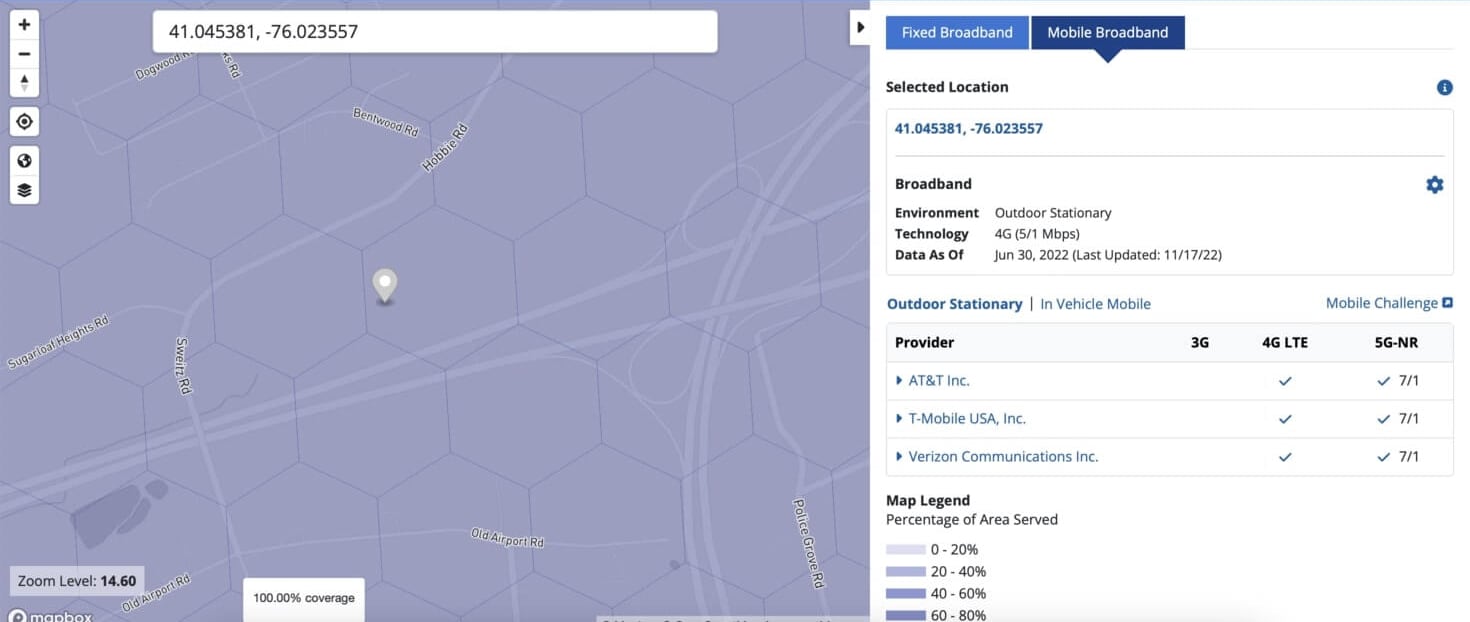The Federal Communications Commission (FCC), which oversees national and international communication through different cable, satellite, wire, and cable in the US, has unveiled the pre-production draft of its new national broadband maps. The FCC believes the maps will only get better from here since they now give the best picture of where broadband is and is not available across the nation.
Broadband Maps Empower Consumers
With the new maps, the FCC has integrated the information from broadband providers with hundreds of location-specific data sources, giving a detailed and accurate picture of fixed broadband availability which helps consumers. This information will also help policymakers target investments in unserved and underserved areas and close the digital divide.
Beginning of a New Era of Broadband Maps
While the day marks an important milestone in creating more granular and accurate broadband maps, this work is far from over. To emphasize how much more work needs to be done, FCC calls the Maps product a pre-production draft. Releasing this early version of the new maps is intended to kickstart an ongoing, iterative process where we consistently add new data to improve and refine the maps. Also Read: FAA to FCC: Require 5G C-Band Limitations Near Airports
Consumer and Stakeholder Engagement to Determine Long-term success
A system has been established that enables users and others to point up problems and give feedback so that the maps are constantly being improved. People can file challenges or make correction requests directly through the map interface if they find that the maps’ information does not match what they know from their personal experience. FCC also accepts bulk challenges to the availability of data from state, Tribal, local governments and other stakeholders who see problems we need to correct in multiple locations. The last thing I would note about the release of these maps is that they are the product of a lot of hard work, especially by public servants at the FCC. I want to thank the Broadband Data Task Force and the many, many dedicated staff throughout the Commission who have helped us get to this point. Thanks also to the Congressional leaders who spearheaded the Broadband DATA Act, which was the driving force behind this release. This effort is a big improvement over the old system that simply stated if service was available on the basis of a single subscriber in a census block. But we have work to do to refine this information and make sure it is accurate and up to date. Let’s get to it," said FCC chairwoman Jessica Rosenworcel.


